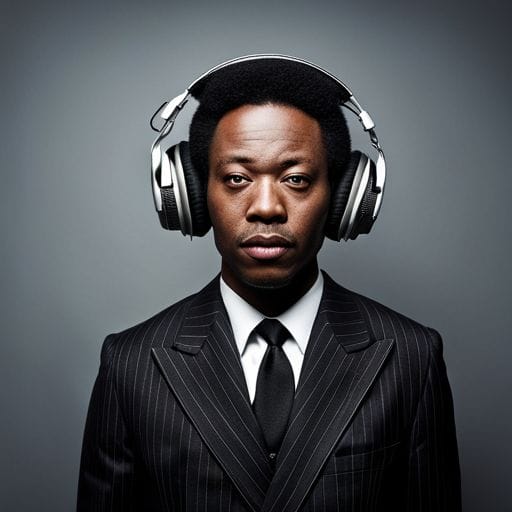How Loud Is Too Loud? Safe Listening Levels

How does the PAA suggest educating people, particularly children, about the risks of listening to loud music
How Loud is Too Loud? Safe Listening Levels
We all enjoy some form of auditory entertainment, be it music, podcasts, audiobooks, or a good old movie. However, our love of sound should not jeopardize our hearing. The World Health Organization reports that over a billion young people across the globe are at risk of hearing loss due to unsafe listening practices. This is why understanding the levels at which sound becomes unsafe is imperative. So, how loud is too loud?
Understanding Sound Levels
Sound level is measured in units called decibels (dB). The average human conversation usually falls within 50 to 60 decibels, while whispering tends to be around 30 dB. Noise levels below 70 dB are considered safe and are unlikely to cause hearing damage, even with long-term exposure. However, prolonged exposure to sounds above 85 dB can potentially harm your hearing.
Risky Noise Levels
Imagine you’re standing by a busy street. The traffic noise level usually hovers around 85 dB – the threshold. Listening to this level of noise for prolonged periods can result in hearing damage. The noise at a concert, nightclub, or sporting event can reach 105-110 dB, which is enough to cause hearing damage within a few minutes.
Common Home Electronics and their dB levels:
- Headphones at maximum volume: 105 dB
- Home stereo: 110-115 dB
- Power lawn mower: 85-90 dB
- Food blender: 80-90 dB
Safe Listening Practices
Considering the potential damage high decibel levels can inflict, it is crucial to observe safe listening practices. Here are a few tips:
- Limit Exposure: Keep a tab on how long and how often you’re exposed to loud sound. Reduce the duration and frequency of exposure to high dB.
- Volume Control: Avoid turning up the volume too high on your devices. A good rule of thumb is to keep it under 60%.
- Protective Gear: Use ear protection like earplugs or sound-canceling headphones in loud environments.
- Regular Check-ups: Regular hearing tests can help catch any early signs of hearing damage.
Conclusion
Paying heed to your auditory environment is as important as taking care of your physical health. Remember that once damaged, hearing cannot always be restored. Therefore, it is crucial to know when the sound is too loud and follow safe listening practices to protect your hearing.
In the end, it’s all about balance. Finding a harmony between our love for audio and our hearing health is key. As the saying goes, prevention is better than cure!
